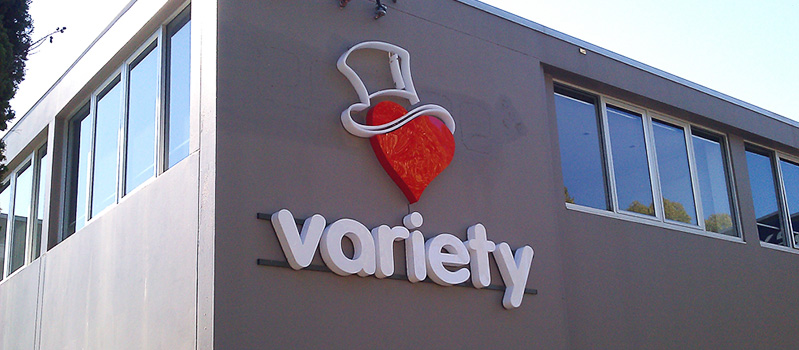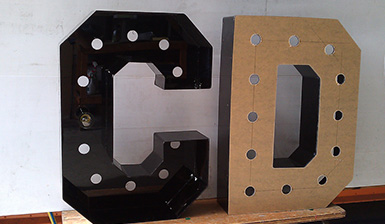
Signage and lettering are important elements in the world of design and communication. Signage refers to any visual display that provides information or directions, while lettering refers specifically to the design of individual letters and typefaces.
Signage can take many forms, from simple directional signs to large-scale advertising displays. Effective signage should be clear, easy to read, and visually appealing. It should also be designed with its intended audience in mind, taking into account factors such as age, language, and cultural background.
Lettering, on the other hand, is the art of designing individual letters and typefaces. Lettering can be used in a wide range of applications, from typography in print design to branding and logo design. Effective lettering should be legible, distinctive, and appropriate for its intended use.
Designers and artists who specialize in signage and lettering often have a deep understanding of typography, color theory, and other design principles. They may work with a variety of materials, including paint, vinyl, metal, and digital media, to create their designs.
Overall, signage and lettering are crucial components of effective communication and design. By using these elements strategically, designers can create visual displays that effectively communicate information and convey a brand's identity.


